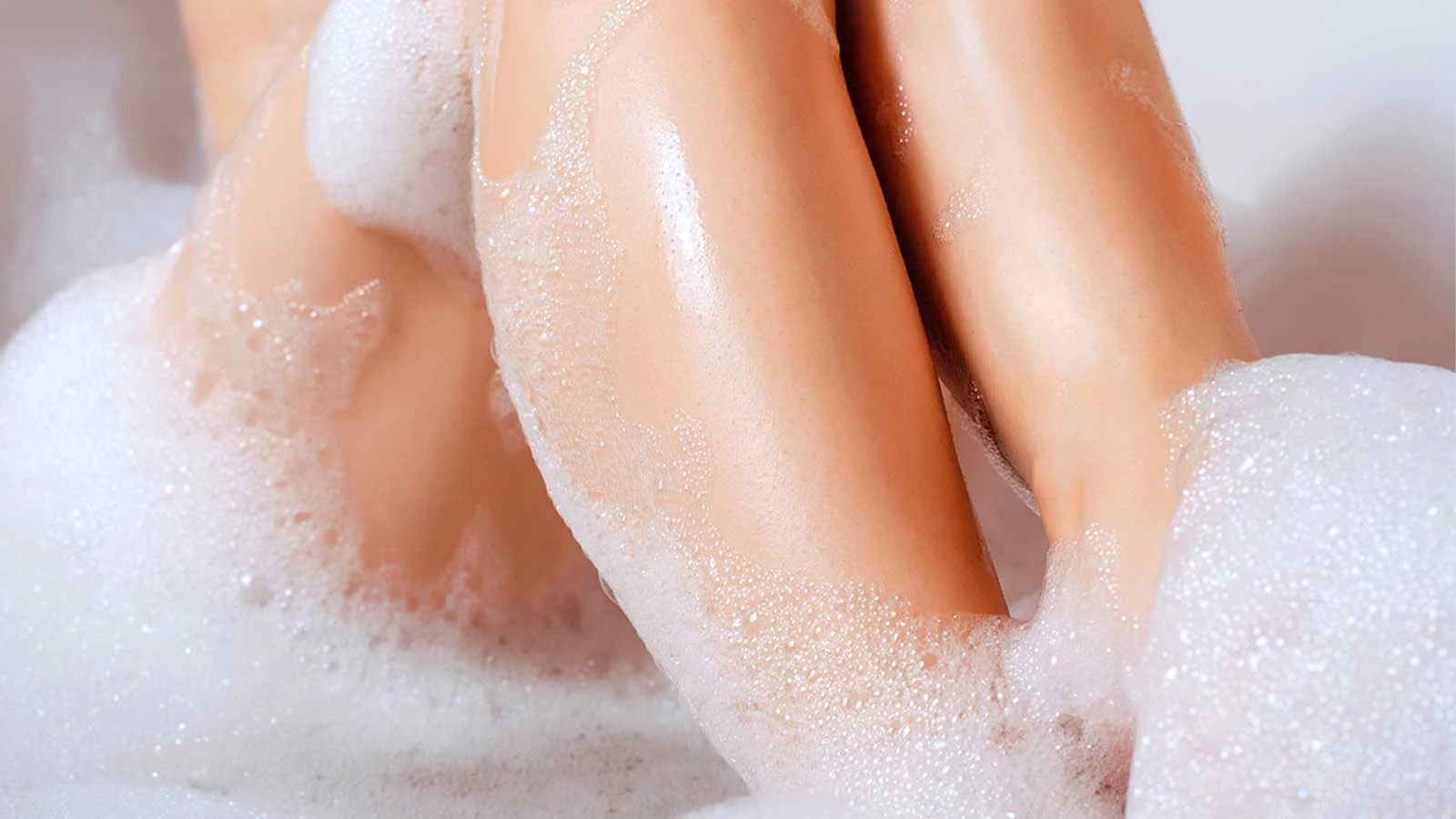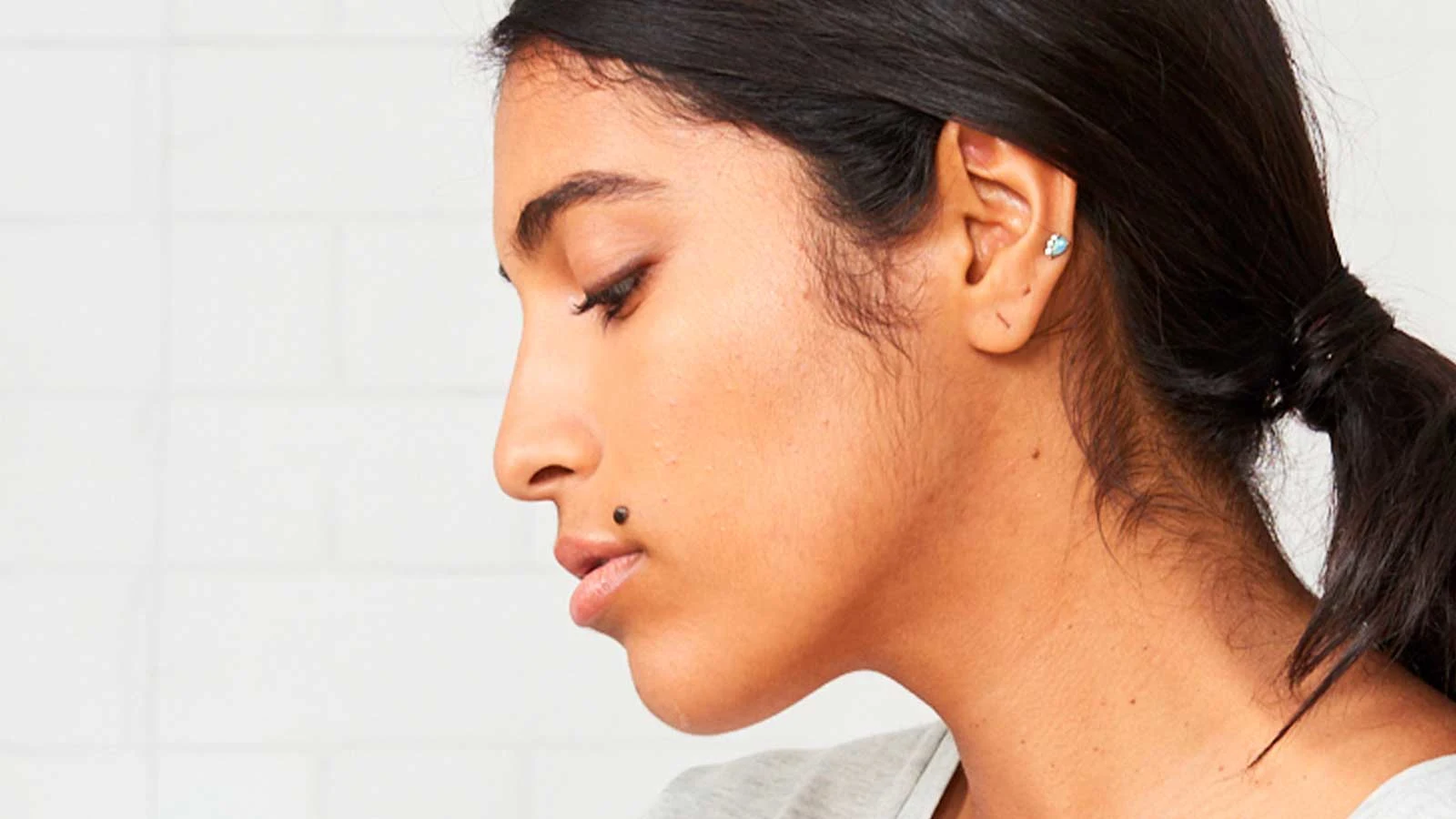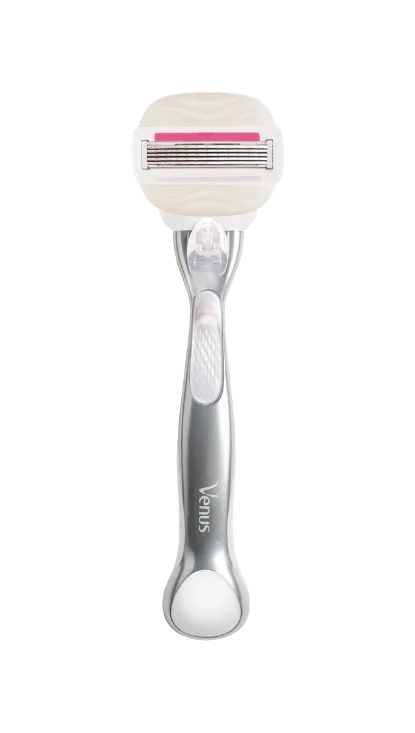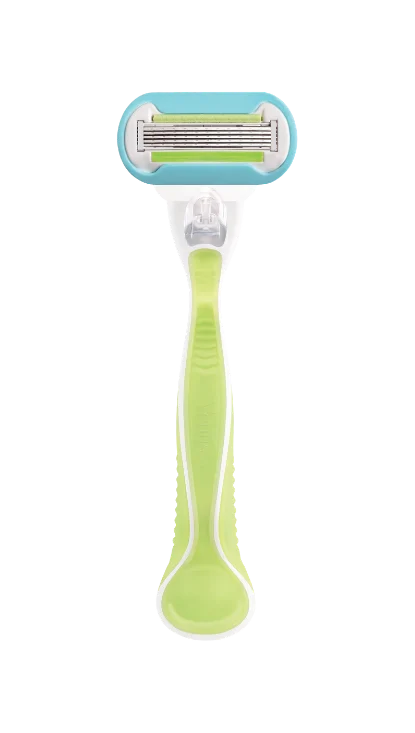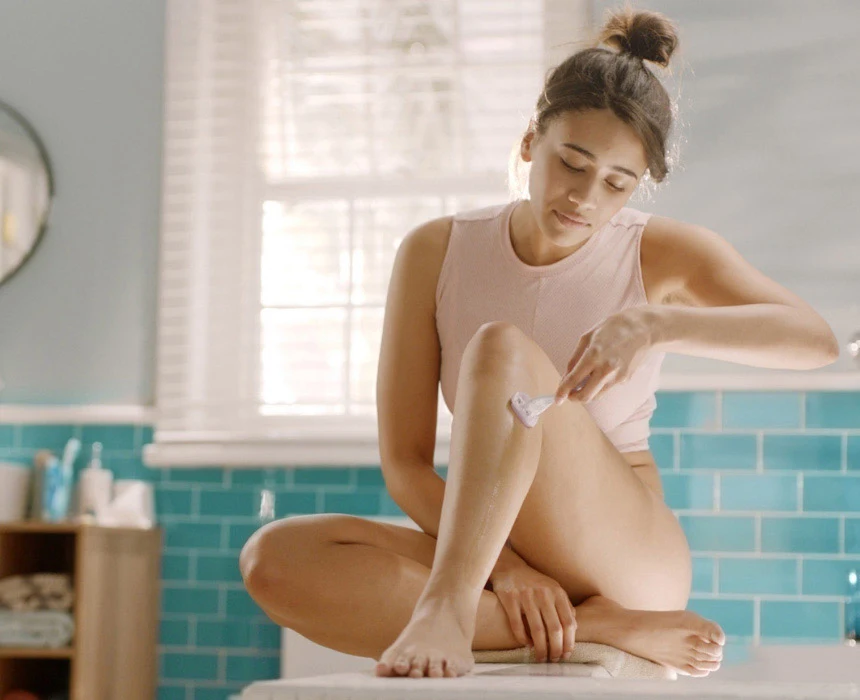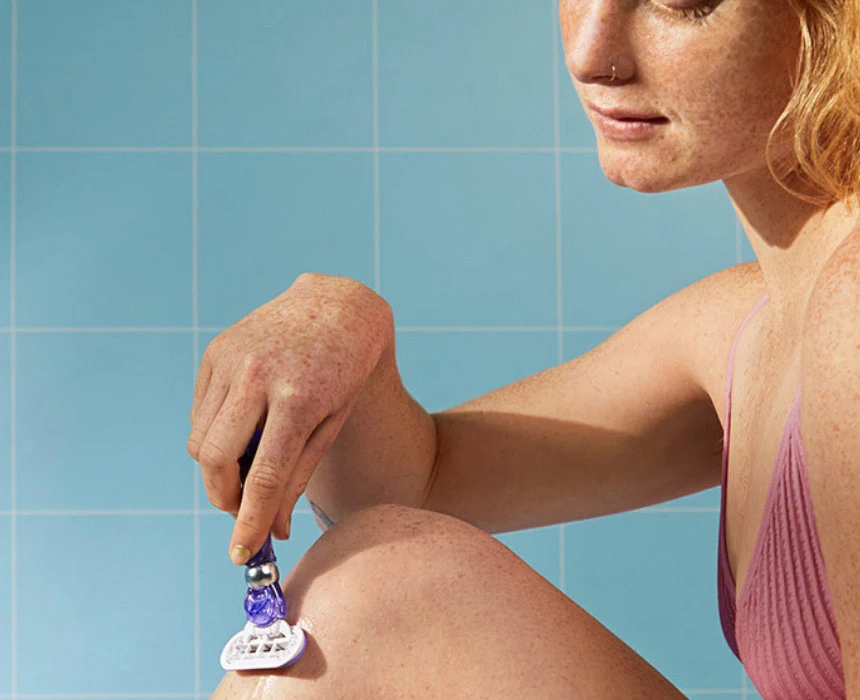Shaving with acne is no easy task. How can you achieve hair-free skin without causing shaving pimples or irritation? Here’s a guide on how to shave with acne – without breaking out.
How to Shave with Acne-Prone Skin: Tips & Guide to Shaving with Acne

If you have acne-prone skin, you might think shaving your skin is a no-go. But if you take the right care, you can maintain your shaving routine without irritating your skin or causing more spots.
Before you reach for the razor, make sure to follow these simple steps for shaving acne-prone skin.
Shaving with acne FAQs
How often should I shave if I have acne?
How often you should shave with acne depends on your rate of hair growth, desired results and severity of acne. The longer you can leave between shaves, the longer your skin has to heal. Ideally, you want to leave at least three days between shaves.
How to prevent pimples after shaving
Pre-shave prep and post-shave aftercare are essential to prevent breakouts after shaving. This includes cleansing, exfoliation, and moisturising.
Should you pop a pimple before shaving
No, you shouldn’t pop a pimple before shaving. Popping a pimple is never recommended as it lengthens the healing process, not the mention possible scarring and infection.
